Islands are home to some of the most unique and fascinating birds on Earth, many of which can’t be found anywhere else. These exotic island birds have evolved in isolation, adapting to their specific environments, making them truly one-of-a-kind. From vibrant colors to unusual behaviors, these birds are a testament to nature’s diversity. However, their limited range also makes them vulnerable to habitat destruction and other threats. In this article, we explore some of the rarest and most beautiful birds that are endemic to islands, highlighting their unique characteristics and the challenges they face in surviving.
Wilson’s Bird-of-Paradise
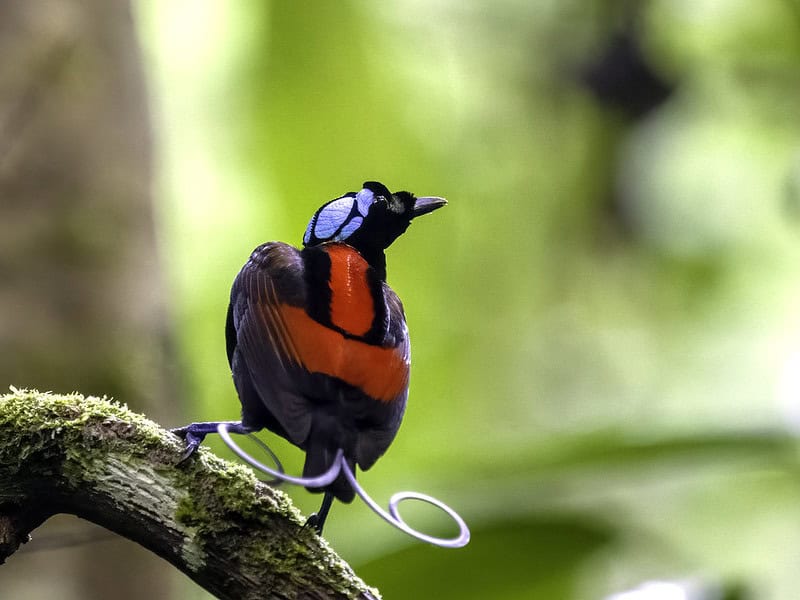
The Wilson’s Bird-of-Paradise is a strikingly colorful bird found exclusively on the small Indonesian islands of Waigeo and Batanta. Known for its dazzling plumage, the male features vibrant red feathers with a striking bare blue crown. This animal is famous for its elaborate courtship dance, where the male clears a space on the forest floor to perform intricate movements for potential mates. Its diet primarily consists of fruits and insects, making it an important player in seed dispersal on the island. Due to its limited range and habitat destruction, the Wilson’s Bird-of-Paradise is classified as near-threatened, with conservation efforts focusing on preserving its forest home.
Laysan Duck
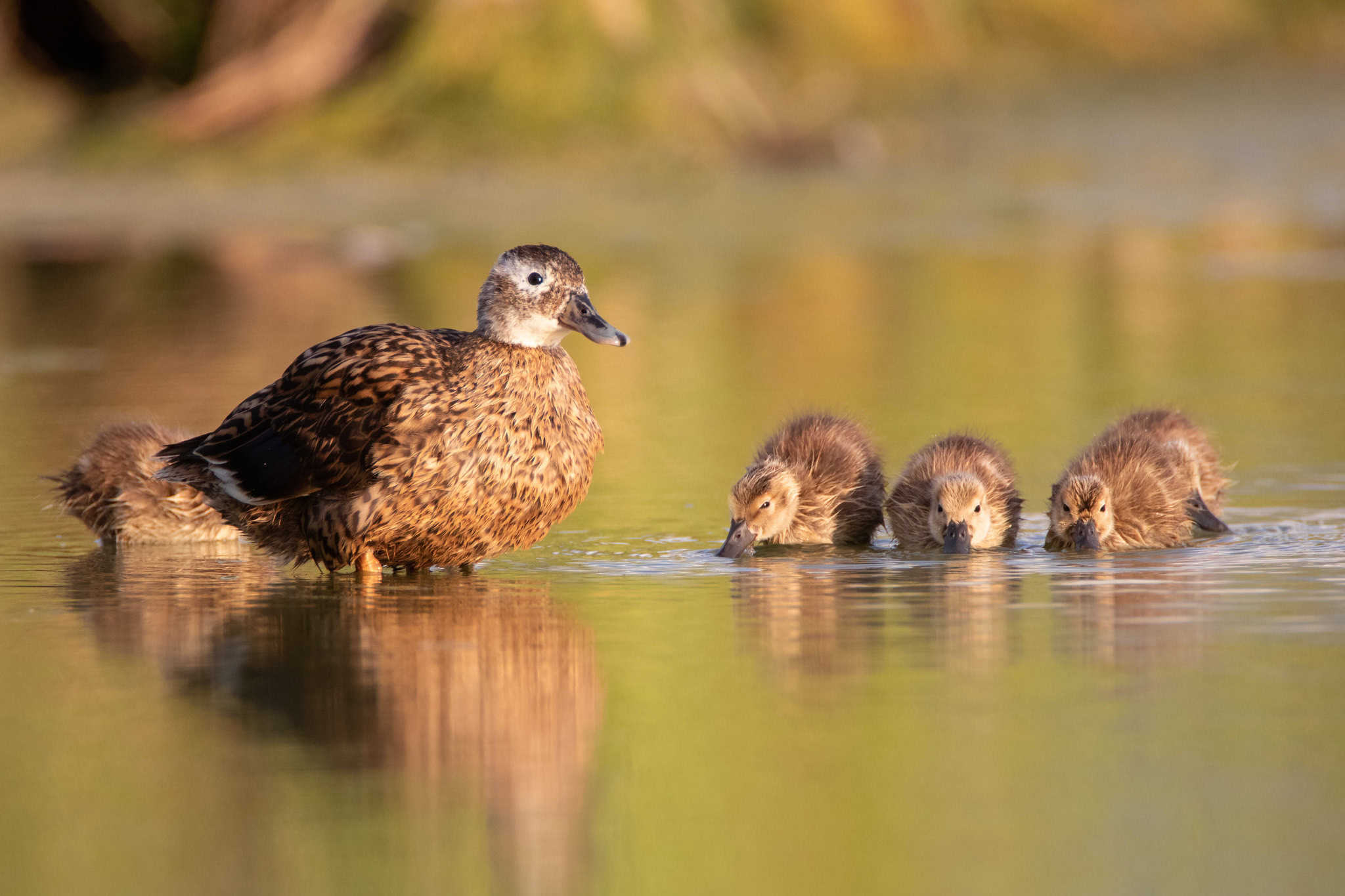
The Laysan Duck is a small, brown duck that calls the remote Laysan Island in Hawaii its exclusive home. This nocturnal bird feeds on insects and plant material found in the shallow waters of the island, demonstrating an adaptive foraging behavior that fits its isolated environment. Once nearly extinct due to introduced predators, it has made a slow recovery thanks to intensive conservation efforts. However, it remains one of the world’s most endangered waterfowl, with its fragile population confined to a single, vulnerable habitat. The restricted access to fresh water and ongoing threats from climate change make the survival of this bird an ongoing challenge for conservationists.
Rimatara Lorikeet
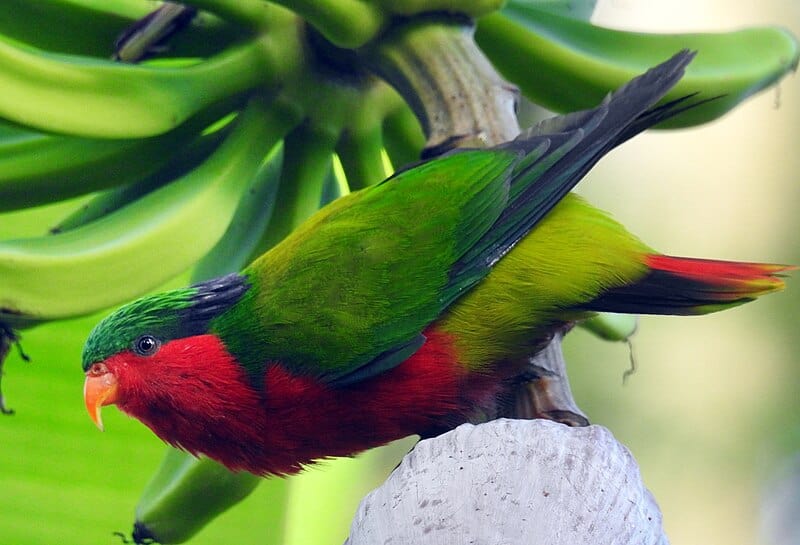
The vibrant Rimatara Lorikeet, or Kuhl’s Lorikeet, is native only to Rimatara Island in French Polynesia. Known for its bright red, green, and blue feathers, this small parrot stands out among the island’s wildlife. Its diet consists of nectar, pollen, and fruit, making it a key pollinator for the island’s native plants. Its role in maintaining the ecological balance of the island highlights its importance beyond its striking appearance. Unfortunately, habitat loss and the introduction of predators have severely diminished its population. Conservation initiatives have helped stabilize the bird’s numbers, but its population remains vulnerable, requiring continued efforts to safeguard its habitat.
Juan Fernández Firecrown
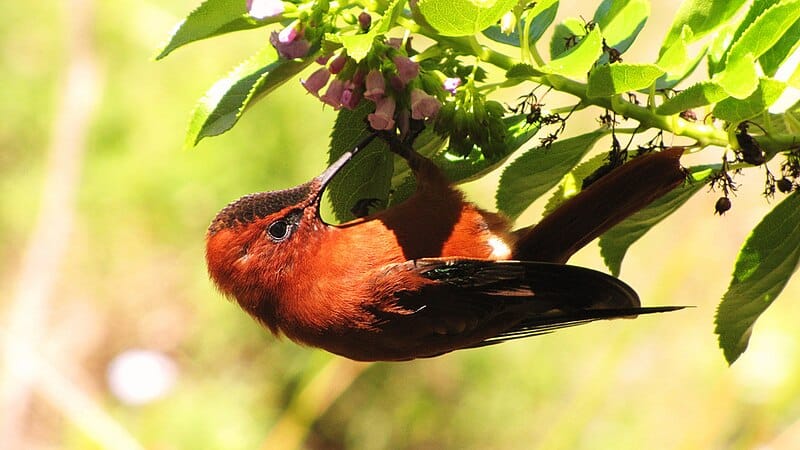
Found only on the Juan Fernández Islands off the coast of Chile, the Juan Fernández Firecrown is a unique hummingbird known for its bright, iridescent red feathers. The male uses its long bill to feed on nectar from native flowers, which also aids in the pollination of the island’s flora. This bird’s survival is closely tied to its environment, which is increasingly threatened by habitat destruction and invasive species. Conservation programs aim to protect the native plants that the bird depends on, ensuring the preservation of this delicate ecological relationship. Its small population also makes it one of the most endangered hummingbirds in the world.
Samoan Moorhen
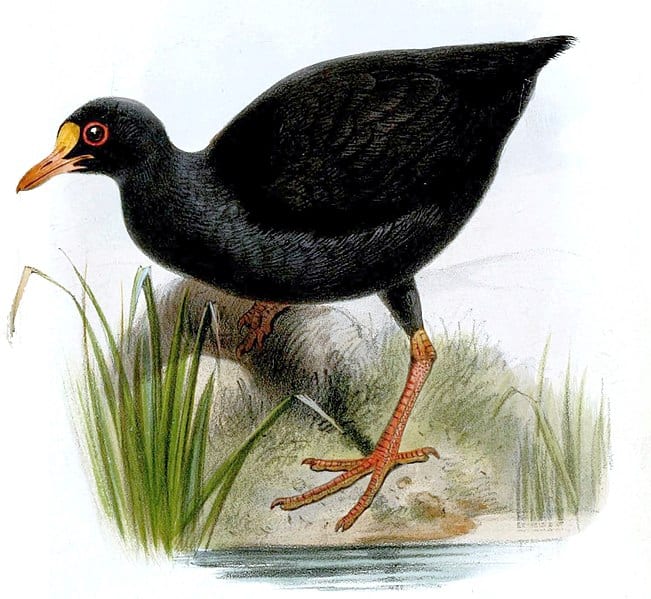
The Samoan Moorhen, or Samoan Wood Rail, is a small, secretive bird found only in the forests of Samoa. This flightless bird is distinguished by its dark plumage, red beak, and legs. Due to its elusive nature, much of its behavior remains a mystery, though it is known to forage for invertebrates and plant material on the forest floor. Its population has drastically declined due to habitat loss and predation from introduced species. It is now considered critically endangered, with conservationists working hard to protect the remaining populations and restore their natural habitats.
Chatham Albatross
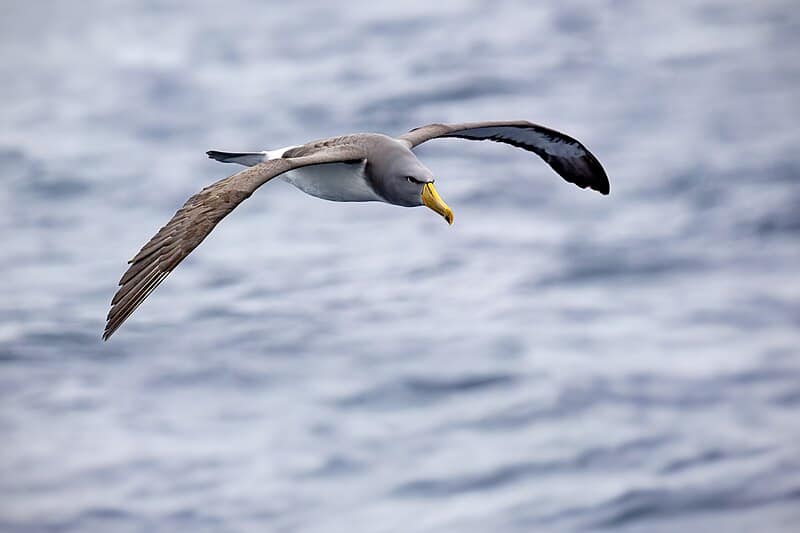
Breeding exclusively on The Pyramid, a rocky outcrop in New Zealand’s Chatham Islands, the Chatham Albatross is a master of long-distance flight. With its sleek black-and-white plumage and sharp yellow beak, it is perfectly adapted to soaring over vast oceanic distances in search of squid and fish. Its limited breeding range makes this bird highly vulnerable to environmental changes, such as climate shifts and fishing practices that threaten its food supply. Conservationists are closely monitoring its population to ensure this elegant seabird continues to thrive in its unique habitat. Despite these challenges, the Chatham Albatross has a long life span, which helps mitigate its low reproduction rate.
Maui Parrotbill
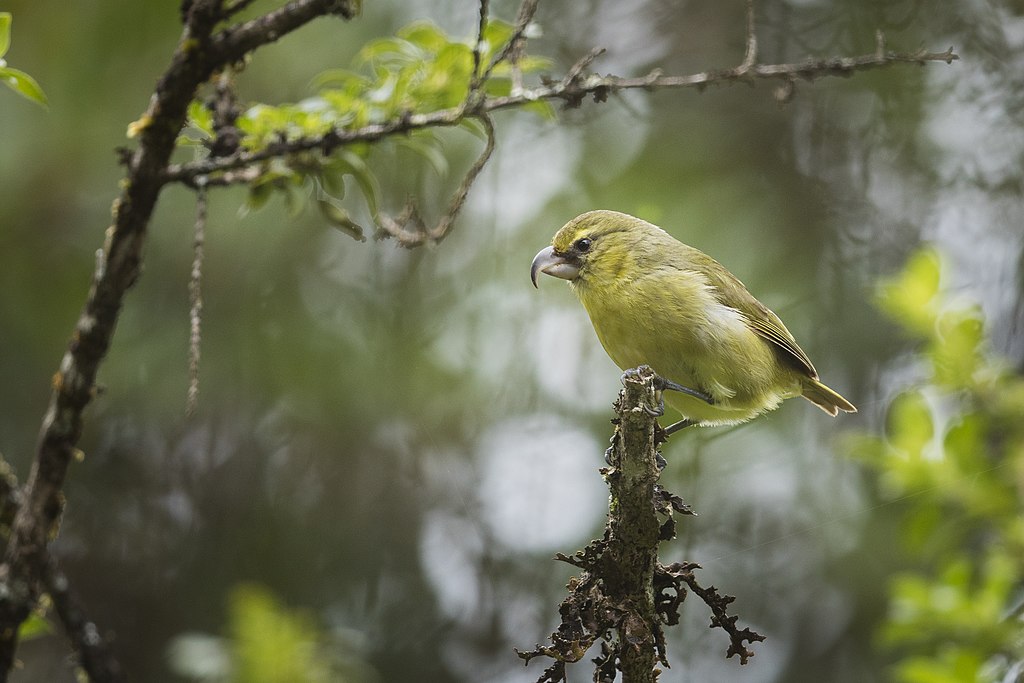
Endemic to the forests of Maui, the Maui Parrotbill is a small bird known for its curved beak, adapted for feeding on insects hidden in tree bark. Its highly specialized diet makes it particularly vulnerable to habitat loss. Conservation efforts to restore Maui’s forests are critical for the survival of this endangered bird, as its population continues to dwindle. Its small, isolated population is at risk from invasive species and climate change, making it a focus of conservation programs in Hawaii. That’s why this bird’s survival depends on the success of ongoing habitat restoration and protection initiatives.
Nene Goose
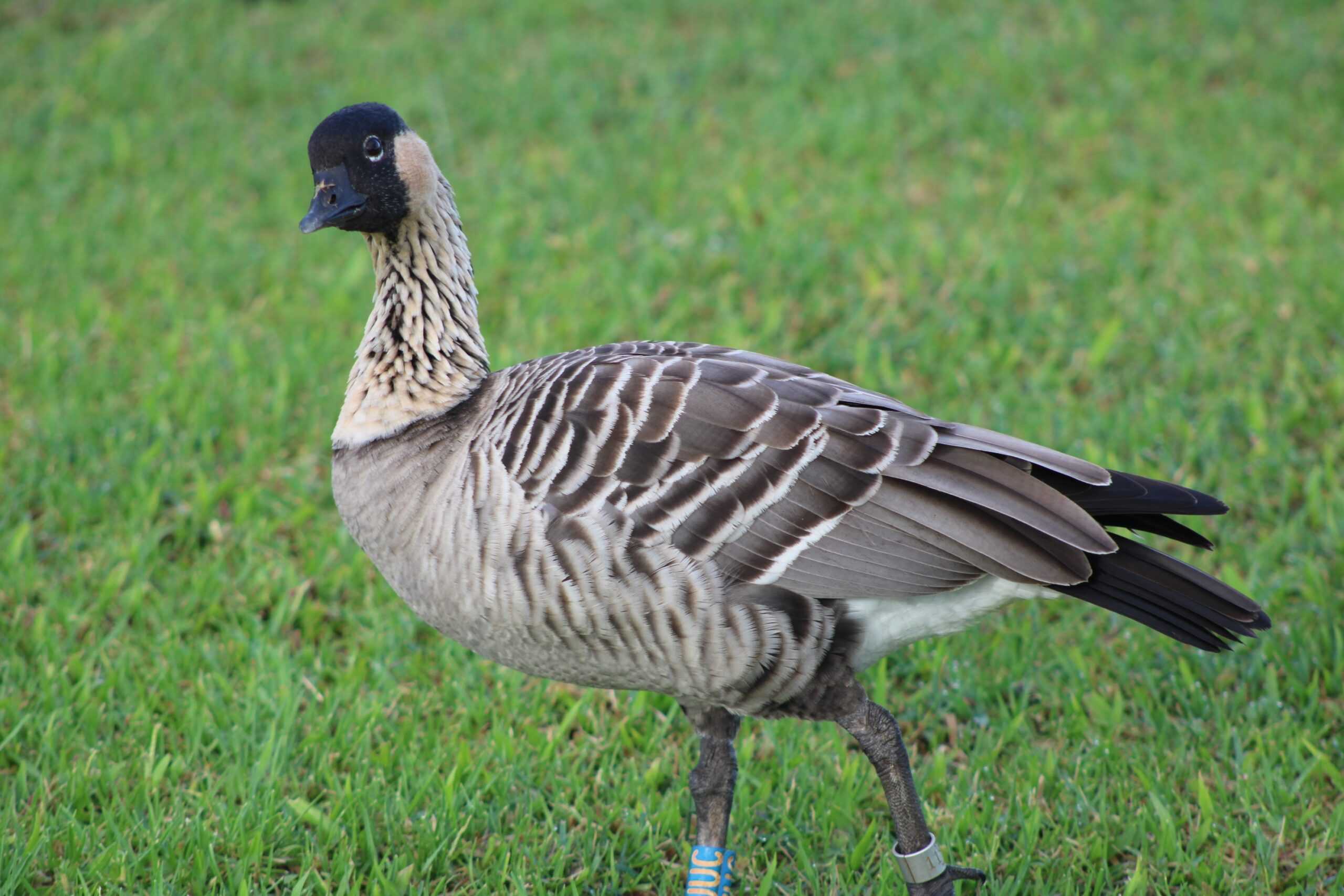
The Nene, or Hawaiian Goose, is the state bird of Hawaii and is found only on the islands of Maui, Kauai, and the Big Island. With a honking call and distinctive black face, this bird has adapted to both coastal and volcanic habitats. Once on the brink of extinction, its population has rebounded thanks to intensive conservation efforts. However, habitat destruction and introduced predators remain threats to its long-term survival. It is a powerful symbol of Hawaii’s conservation success but also highlights the ongoing need to protect native species from external pressures.
Pueo (Hawaiian Owl)
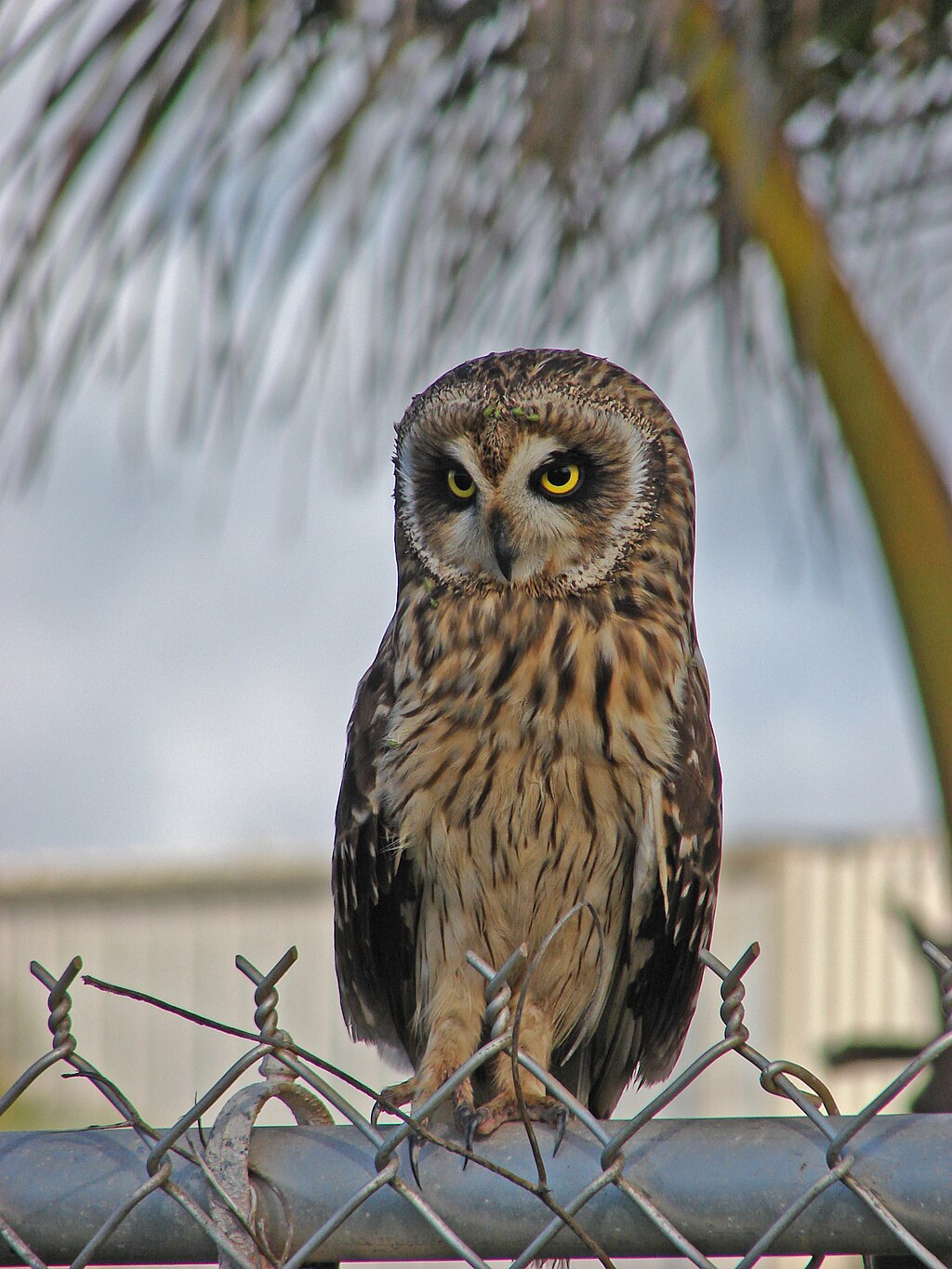
The Pueo, or Hawaiian Owl, is a rare, endangered species native to Hawaii. Unlike other owls, it is active during the day, hunting small mammals and insects across the island’s open grasslands and forests. It holds cultural significance in Hawaiian folklore, where it is seen as a guardian spirit. However, its population has suffered due to habitat loss and collisions with vehicles. Conservation efforts aim to protect the Pueo’s remaining habitats and raise awareness about its importance in Hawaii’s ecosystem.
Madagascar Pochard
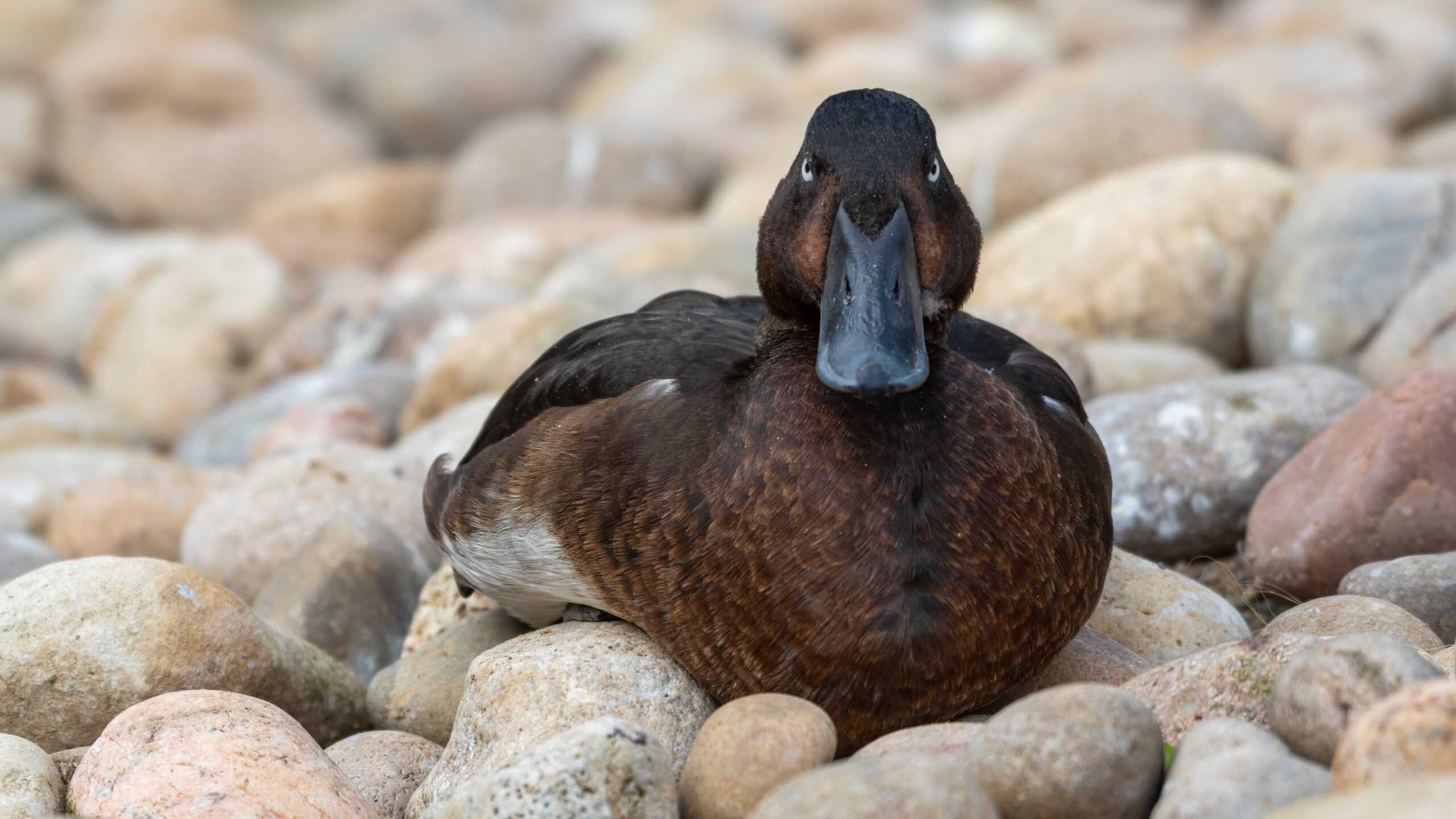
Endemic to the wetlands of Madagascar, the Madagascar Pochard is a critically endangered duck that was once thought to be extinct. Rediscovered in 2006, its small population is now confined to a single lake. Habitat destruction, particularly the draining of wetlands for agriculture, has decimated its numbers. Conservationists are working to restore its habitat and protect the remaining population, with the hope of reintroducing the species to other suitable lakes. This bird’s story is one of hope, but also a stark reminder of the fragility of island ecosystems.
This article originally appeared on Rarest.org.
More from Rarest.org
13 Unique Antique Clocks That Are Nearly Impossible to Find

Antique clocks hold a special allure for collectors and history enthusiasts alike. These timepieces, often crafted with extraordinary detail, offer a glimpse into the artistry and engineering of their eras. Read More.
14 Lesser-Known Movie Villains Who Stole the Show
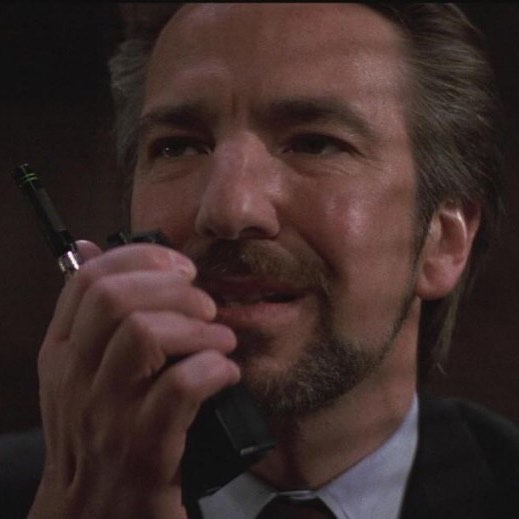
Not every villain gets the spotlight they deserve. Some stay in the background, yet their presence is unforgettable. These lesser-known movie villains stole the show with their chilling performances, often outshining even the heroes. Read More.
20 Keystone Species That Play a Crucial Role in Their Habitats
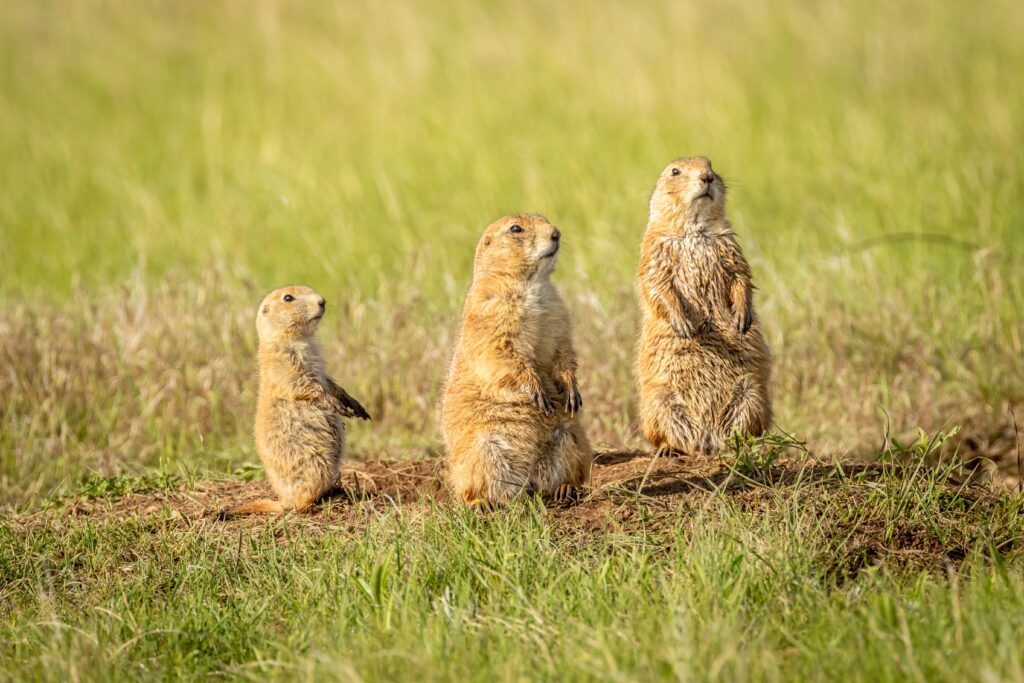
Keystone species are essential to maintaining the balance of their ecosystems. Without them, the structure of the habitat could change dramatically. Read More.
